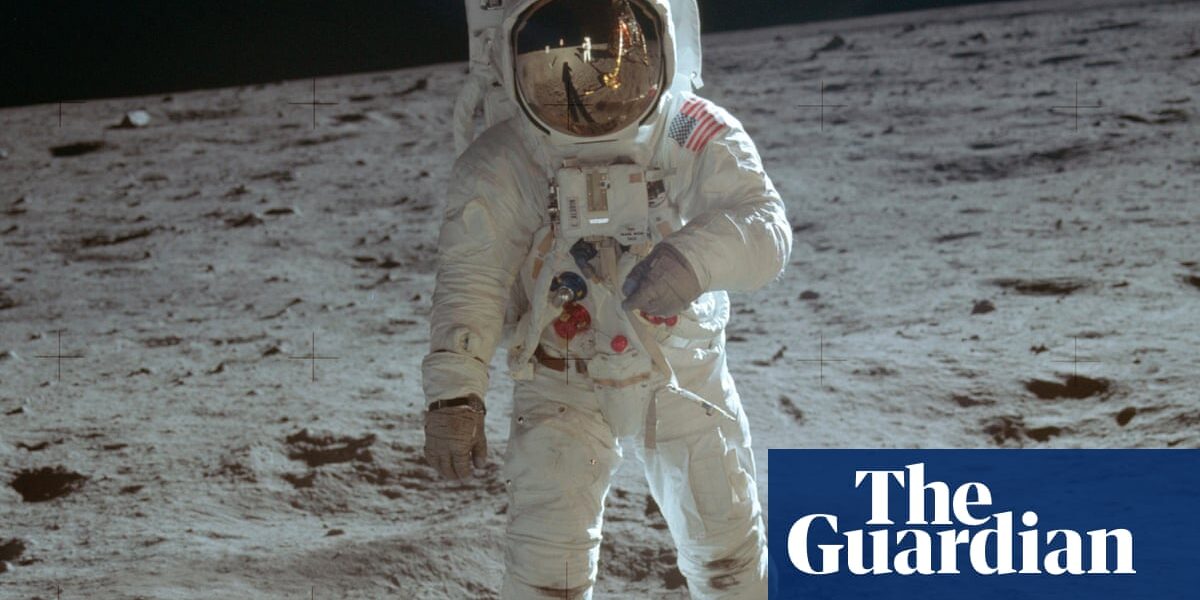
The launch was flawless. During the early hours of Monday, the Vulcan Centaur rocket took off from Cape Canaveral, shedding its solid rocket boosters and releasing the Peregrine spacecraft on a perfect trajectory for its historic journey to the moon.
Tory Bruno, the CEO of United Launch Alliance, exclaimed “Yee-haw!” in response to the successful first flight of the Vulcan rocket, which was built by the company. However, the mood quickly changed when Astrobotic, the company responsible for the Peregrine spacecraft, discovered that it was leaking propellant. This meant that the chances of a successful soft landing on the moon were reduced to zero due to insufficient fuel.
Over 50 years have passed since Nasa successfully landed astronauts on the moon and returned them safely. Shouldn’t landing on the moon today be relatively simple, if not entirely straightforward? Hasn’t the once complex science of rocketry in the 1950s and 1960s become common knowledge in the 21st century?
Other than Peregrine, there have been other recent unsuccessful attempts. China and India have both successfully landed robotic landers on the moon, but Russia’s Luna 25 failed to do so last year, almost six decades after the Soviet Union’s Luna 9 made the first successful landing. Private companies’ landers have all failed on the moon, with the Israeli Beresheet lander crashing in 2019 and a Japanese lander built by ispace crashing last year. Peregrine’s failure adds to the three out of three losses.
According to Jan Wörner, a previous leader of the European Space Agency (Esa), a key obstacle is the issue of weight. Maintaining a low weight is crucial for successful flight, leaving little room for error. A significant safety margin is not feasible.
In addition to this, nearly all spacecraft are unique models. With the exception of a few instances, like the Galileo communications satellites, spacecraft are custom-built machines. They are not manufactured in large quantities with familiar and proven systems and designs. And once they are launched into space, they operate independently. According to Wörner, “If your car breaks down, you can get it fixed, but in space there is no chance for that. Space is a whole other dimension.”
The moon poses unique challenges due to its lack of atmosphere and weaker gravity compared to Earth. Unlike Mars, spacecraft must rely solely on engines for landing as there is no option for braking with parachutes. Smaller probes with only one engine must be able to steer in order to control their descent.
Unfortunately, the inclusion of a throttle is a complicating factor in the engine, as it allows for the adjustment of thrust. According to Nico Dettmann, the leader of Esa’s lunar exploration team, typically engines are ignited and provide a constant level of thrust. However, the ability to modify the thrust during operations significantly increases the complexity of the process.
Despite the successful lunar landings in the 1960s, it can still be challenging to understand why the moon continues to be such a difficult location to reach.
Records from past moon missions suggest that after the Apollo program, there was a decrease in interest for lunar landers. However, in 2013, China’s Chang’e 3 spacecraft successfully achieved the first soft landing on the moon since the Soviet’s Luna 24 in 1976.
According to Dettmann, there were periods of time when landers were not being developed. He also notes that the technology used in landers is not widely available, making it difficult to learn from other sources.
Examining is crucial, however, spacecraft have fewer methods for testing compared to rockets that can be securely fastened and thoroughly assessed. Assessments can verify the functionality of power, propulsion, navigation, communication, and instruments, and spacecraft are vigorously shaken to ensure they can withstand the powerful vibrations of liftoff. However, it is challenging to replicate a successful landing on the moon. Dettmann explains, “Qualifying and validating a lunar lander is significantly more difficult than other space systems.”
Nasa invested $25 billion in the Apollo program during the space race, but still faced numerous setbacks before successfully landing on the moon. With 70 years of experience and a focus on spacecraft design, construction, and testing, the agency is now seeking to reduce expenses and support the American space sector through its Commercial Lunar Payload Services (CLPS) initiative. This involves collaborating with private companies like Astrobotic and Intuitive Machines, based in Houston, to transport its equipment to the moon.
The downside is an increased likelihood of unsuccessful missions, resulting in a higher number of failures. According to Dr. Joshua Rasera, a research associate at Imperial College London, these companies are relatively new and are conducting missions with limited financial resources. However, he believes this approach will ultimately be successful because companies can learn from their mistakes. He adds that despite potential initial failures, this strategy ultimately saves money in the long run.
Source: theguardian.com



